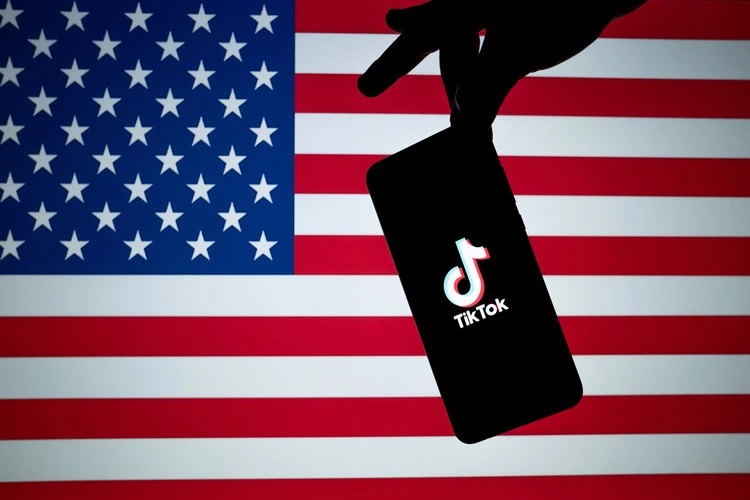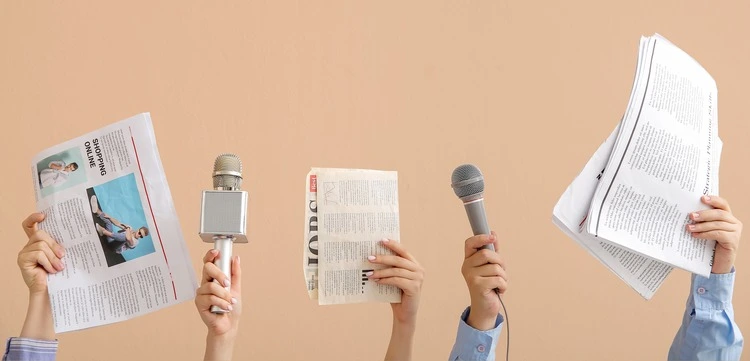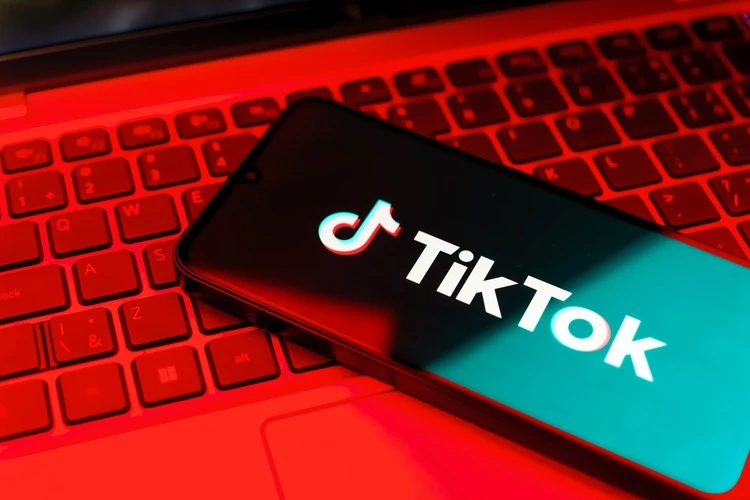
TikTok might be back online for now following Trump executive order, but what could happen if social media app eventually drops from the US?
By
One-third of US adults use it. With a catapulting American user base – rising from 21 per cent of adults in the country back in 2021 to 33 per cent in 2023 – TikTok’s largest audience is now situated in the US, totalling a mighty 170 million.
Far from just an app, the social media platform has revolutionised the way in which online users interact with content, and thus see the world: often in bite-sized chunks less than a minute long. It’s sent the popularity of short-form content into orbit, so much so that other platforms like Instagram, Snapchat and Facebook have scrambled to integrate the snappy, fast-paced format into their own remit.
Enjoying this article? Check out our related reads:
The app has made headlines over the last week after an imminent US ban – set to be enforced unless TikTok’s Chinese parent company, ByteDance, sold the platform before a 19 January deadline – took hold for less than 24 hours before the app was temporarily reinstated by Trump in an executive order made on inauguration day.
Concerns over TikTok’s access to data, which the US Justice Department believe is a ‘national-security threat of immense depth and scale’, led to the initial ban taking hold. US officials and lawmakers have accused ByteDance of being linked to the Chinese government – a claim which is denied by the company – and many have raised concerns that the app could be forced by Beijing to release information and data on its US audience.
But Trump’s executive order gives the ban a 90-day pause – meaning it very well could be off app stores and devices in the coming months.
So what would it mean for the US if it did lose TikTok after these 90 days are up? And what ripple effects could this have on the global social media landscape?
Redefining news
Banning TikTok might mean more than taking away an entertainment source of funny memes and viral dances – it could alter the way in which the US population consumes news.
The platform may not seem synonymous with news, but it has been steadily growing in the US as a means to find out more about what’s happening in the world.
Since 2020, the proportion of US users who get news from TikTok has more than doubled. Now, 17 per cent of the entire US adult population regularly consume news from the social media platform. Of those, the vast majority are under the age of 50: 45 per cent are aged 18–29 and 38 per cent are 30–49. Only four per cent of TikTok news consumers are 65 and older.

But banning TikTok in the US might not only change access to news – it could reshape the voices who tell it.
The social media platform hosts a plethora of ‘news influencers’ – individuals who regularly post about current events, and with a follower base of at least 100,000 people – with rather unique demographics compared to other platforms.
For example, in comparison to other social media apps like Facebook, X, Instagram and YouTube, the percentage of male versus female news influencers on TikTok is much more evenly split: roughly 50/50. On all other sites, men outnumber women by a margin of around two-to-one, or even more.
Political views of news influencers on TikTok is also starkly different to competing platforms: it’s the only major social media platform where more news influencers explicitly identify as left-leaning (28 per cent of TikTok news influencers) than right-leaning (25 per cent). TikTok news influencers are also more likely to show support for LGBTQ+ rights on their profiles.
Ultimately, if the US is excluded from TikTok, such an ecosystem may be disrupted.
As well as shifting the demographics of news influencers, the US’s dwindling presence – and eventual absence – on TikTok could reshape what news is being covered entirely.
In a Pew Research Center study across a three-week period in summer 2024, most posts that TikTok news influencers created about current events were on the topics of the US government, politics and elections. If the US audience disappeared, TikTok news influencers may begin to rethink focusing on news about a country whose citizens can no longer access the app.
Digital migration
In preparation for the US TikTok ban on 19 January, many American TikTok users opted to flock to the Chinese social media app Xiaohongshu (translated as RedNote), popular in Mandarin-speaking regions such as China and Taiwan, but until now, relatively unheard of in the West.
It’s already become the most popular downloaded app in the US this month, and is best described as a blend between Instagram and TikTok with its ability to post, and view, short-form content among other e-commerce offerings. But as RedNote’s popularity has skyrocketed, new American users brought with them an inadvertent cultural clash between Chinese and US social media platforms.

Some of the most popular social media apps in the US – such as Instagram, Facebook and X – are blocked in China, and the country also does not have TikTok but instead an equivalent called Douyin. That means that this mass exodus to RedNote – which is most popular amongst Chinese individuals – allowed the digital worlds of two cultures to intermingle in a way that doesn’t usually happen.
Although TikTok is now back, RedNote’s rise in popularity has not been forgotten. As users who moved to RedNote continue to use the app, we may see further blending of cultures online. Once separated into distinctly different social media platforms, these interactions between users may begin to fundamentally reshape how communities communicate with one another.
So what happens now?
TikTok, along with other social media platforms, forms one of the many ways in which humans can place themselves among wider contexts; to be situated among cultural movements, trends and conversations that exist across cultures and borders.
Whether that be taking part in viral TikTok trends within communities, or gleaning insights into the world through the share of news, the app does act as a repository of collective information which, if removed, would leave a sizeable gap in the social media landscape of Americans.

Filling that gap, for example, through RedNote, may be an immediate response, but the larger social and cultural implications of such a shift are yet to be seen. Concerns are also being raised over potential cybersecurity risks of RedNote, so it may not end up as the perfect alternative to TikTok as is currently being touted.
Ultimately, if the TikTok ban does go ahead, the app won’t disappear overnight. Those who have already downloaded it will be able to retain access, but TikTok would be unavailable to download for new users and removed from app stores. However, that means even for those with the app installed, new updates – regularly sent out via app stores to solve glitches and security issues – would not work, slowly rendering the app slow and laggy, and finally unusable.
Regardless of the outcome in 90 days, it is clear TikTok has cemented itself as far more than just a social media platform in the US; it has become a definitive element of the country’s cultural zeitgeist.




